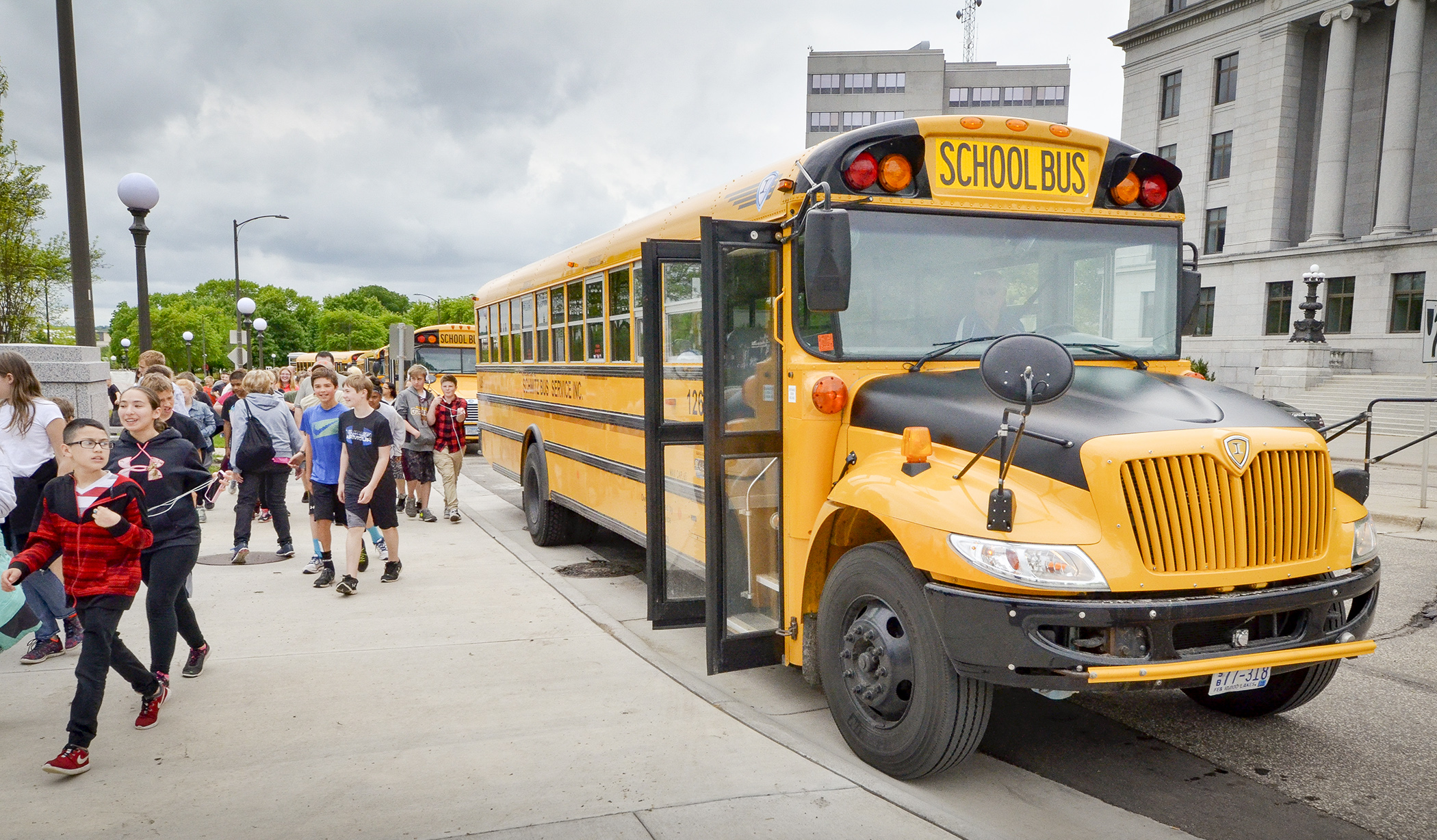Legislation would help school districts cover miles of unfunded transportation costs

The expression “Robbing Peter to pay Paul” best conveys the dilemmas faced by many Minnesota school districts serving relatively fewer students spread over a large geographical area. They cut classroom activities to pay for the continually increasing costs of ferrying students, because state aid for transportation typically falls short.
Sponsored by Rep. Julie Sandstede (DFL-Hibbing), HF917 would help school districts cover some of their unfunded costs by increasing the transportation adjustment from 18.2% to 70% of a district’s unfunded pupil transportation costs for the previous year. It comes with an $11.5 million annual cost in fiscal year 2023.
“Some 80 schools are forced to take General Fund dollars and shift them to their transportation costs,” Sandstede told the House Education Finance Committee Thursday. The bill, as amended, was laid over for possible omnibus bill inclusion.
About 25 years ago, categorical funding for pupil transportation services was eliminated and a transportation sparsity component – based primarily on students per square mile – was added to general education revenue. In 2017, an adjustment was made to help districts with transportation costs.
“Transportation, as you are aware, is based on student enrollment, not the miles district must drive to get their students to school,” said Forest Lake Superintendent Steve Massey. The way the current formula is structured, the district is losing $500,000 every year that could be used for providing services to students.
Some of the approximately 6,000 students in the district, which covers about 220 square miles, spend up to two hours every day on school bus because routes have been cut or consolidated due to high operational costs.
The gap is even greater in sparsely populated areas like Bemidji, where the 825-square-mile district serves about 4,800 students. Superintendent Tim Lutz said the standard funding formula to cover the cost of transporting them back and forth is just not enough. The district uses general education funds to help pay for busing, he said, causing an $800,000 deficit annually.
The districts’ 170 school buses log a combined more than 1 million miles each year, and the district spends a lot of money for their upkeep, Lutz said. This makes the funding issue also a potential safety one.
The companion, SF408, sponsored by Sen. Karin Housley (R-Stillwater), awaits action by the Senate Education Finance and Policy Committee.
Related Articles
Search Session Daily
Advanced Search OptionsPriority Dailies
Speaker Emerita Melissa Hortman, husband killed in attack
By HPIS Staff House Speaker Emerita Melissa Hortman (DFL-Brooklyn Park) and her husband, Mark, were fatally shot in their home early Saturday morning.
Gov. Tim Walz announced the news dur...
House Speaker Emerita Melissa Hortman (DFL-Brooklyn Park) and her husband, Mark, were fatally shot in their home early Saturday morning.
Gov. Tim Walz announced the news dur...
Lawmakers deliver budget bills to governor's desk in one-day special session
By Mike Cook About that talk of needing all 21 hours left in a legislative day to complete a special session?
House members were more than up to the challenge Monday. Beginning at 10 a.m...
About that talk of needing all 21 hours left in a legislative day to complete a special session?
House members were more than up to the challenge Monday. Beginning at 10 a.m...